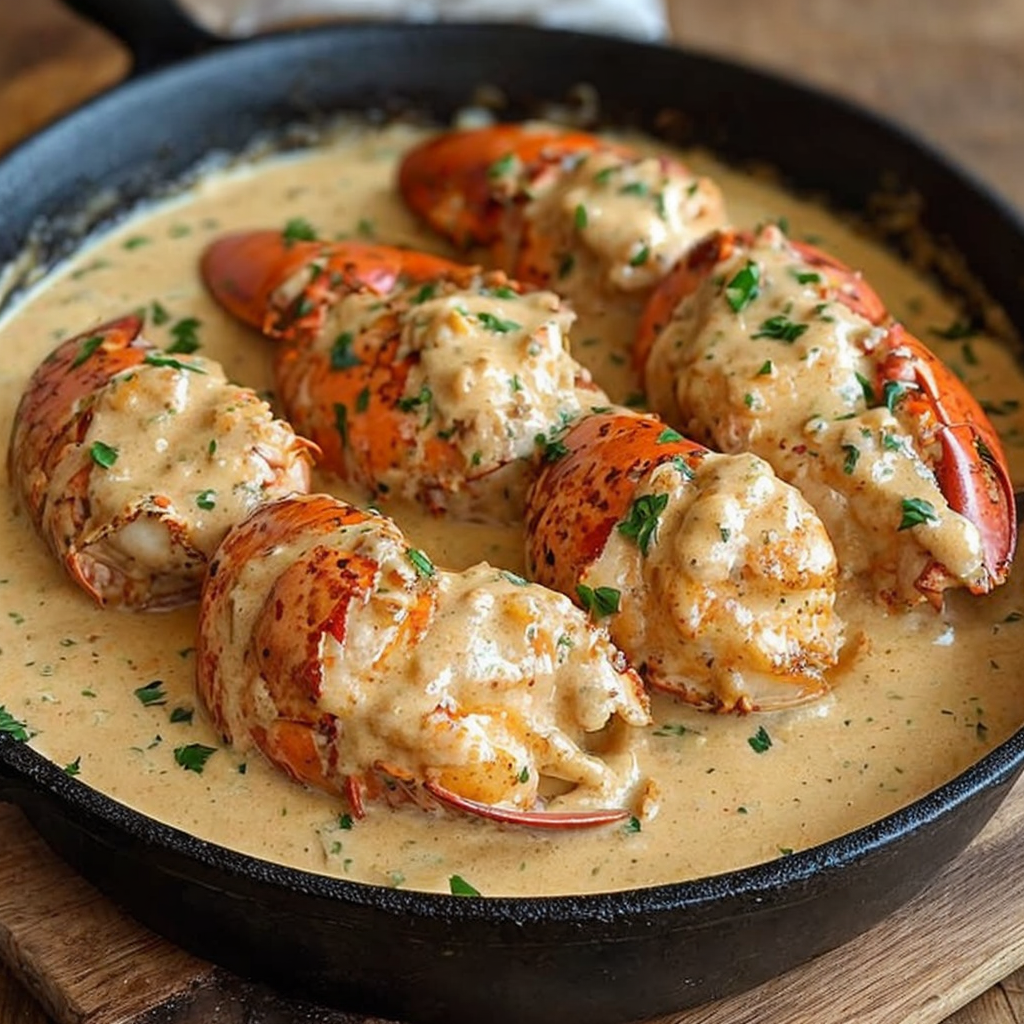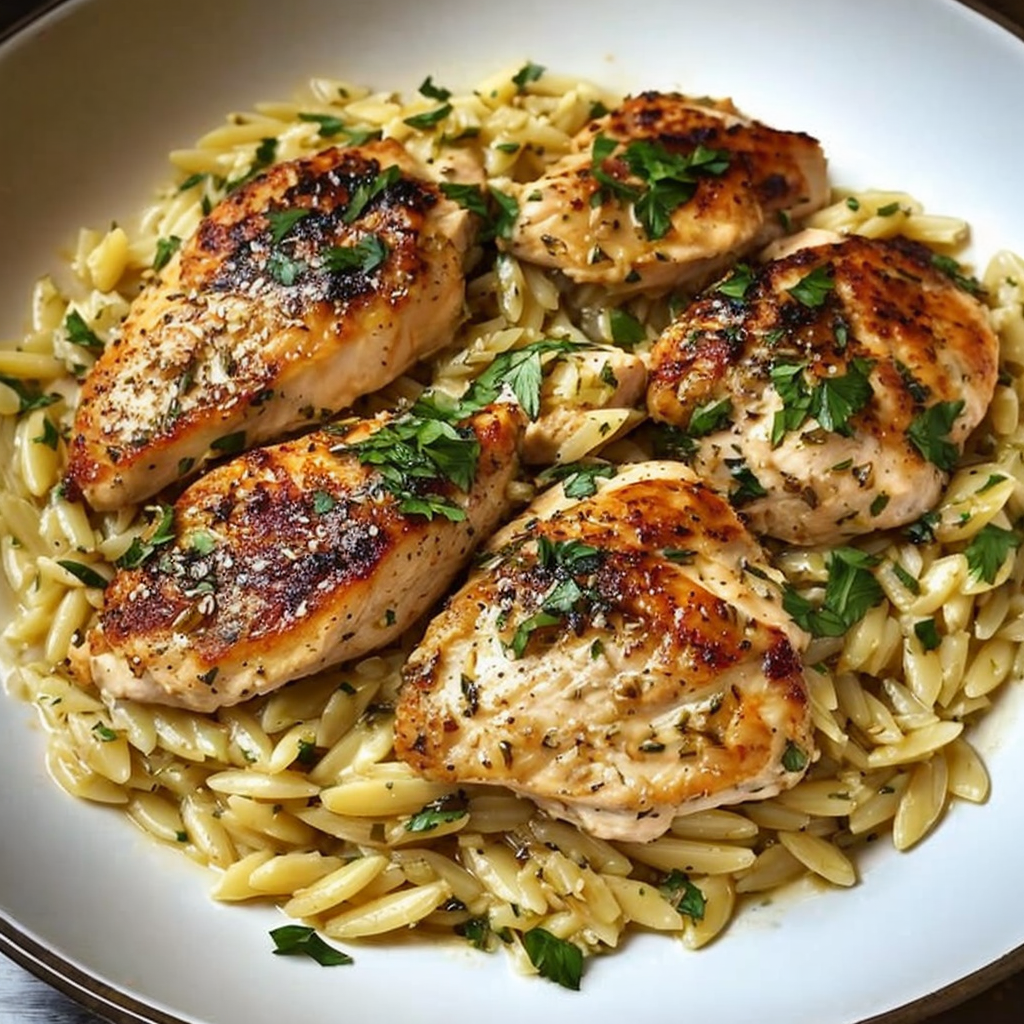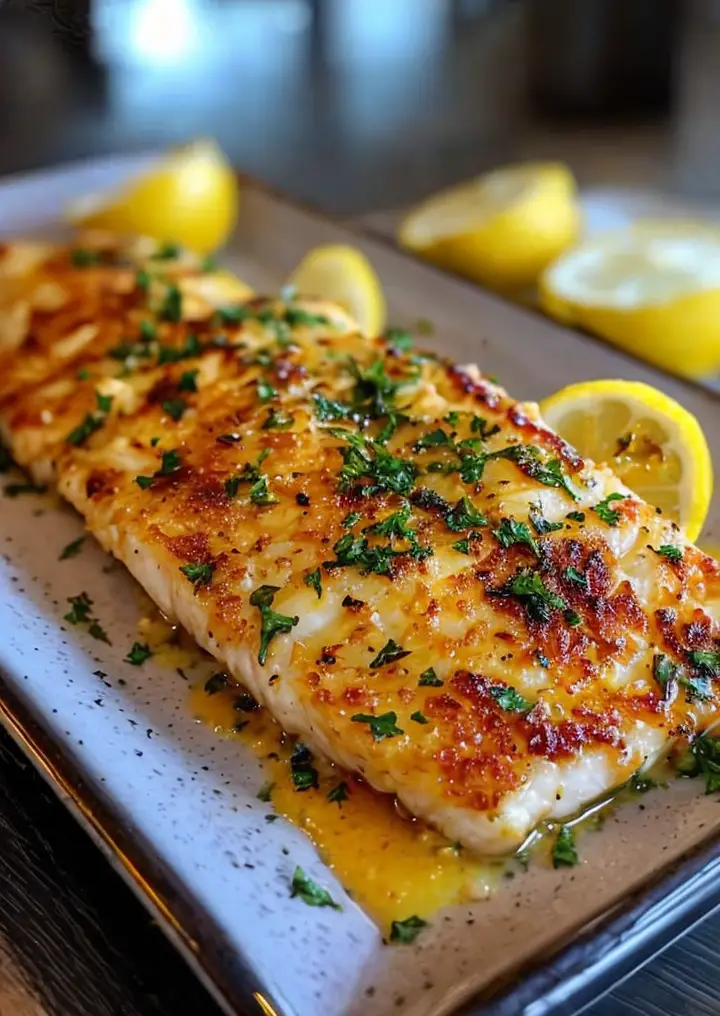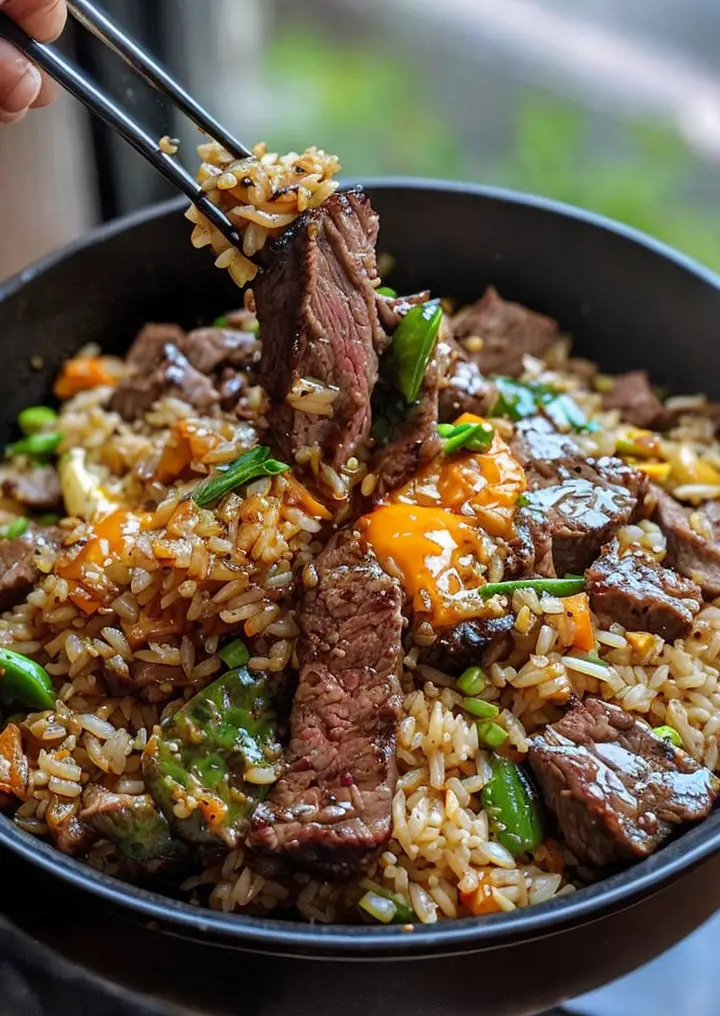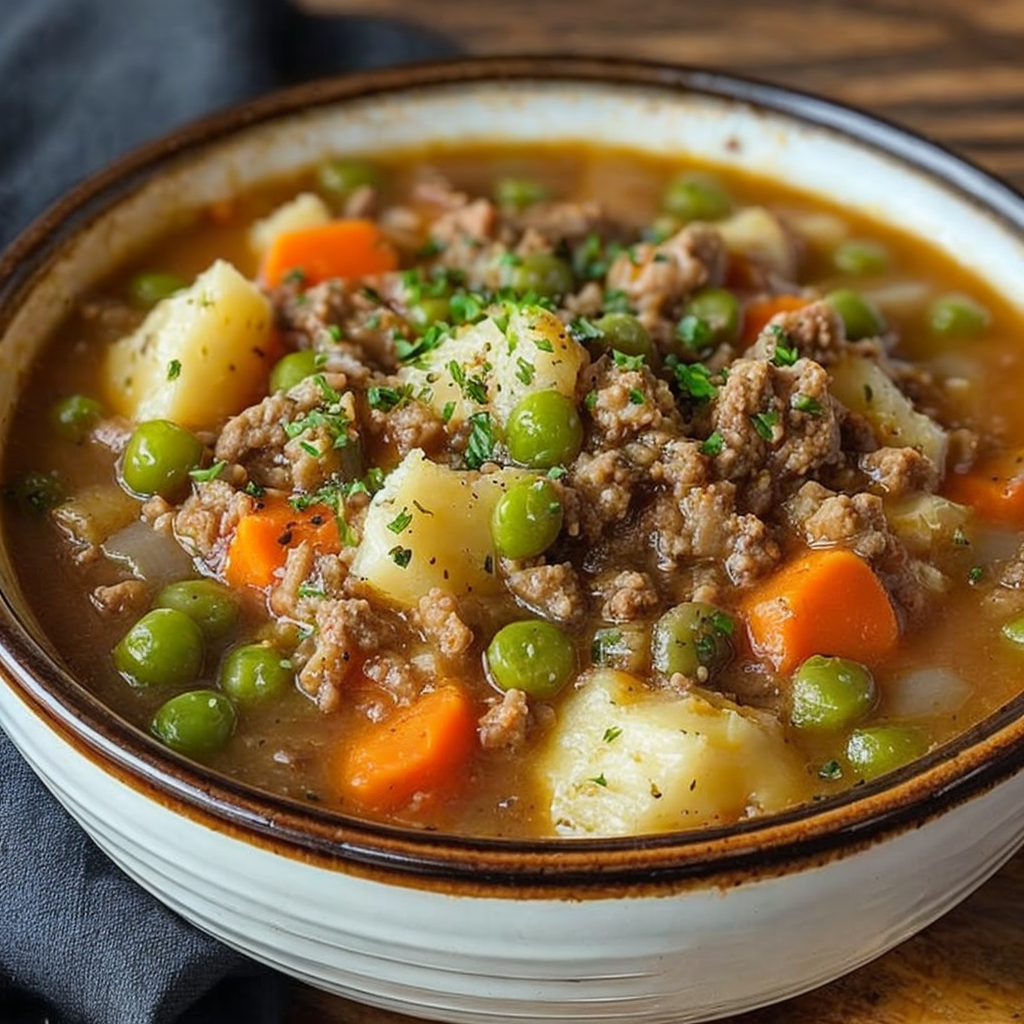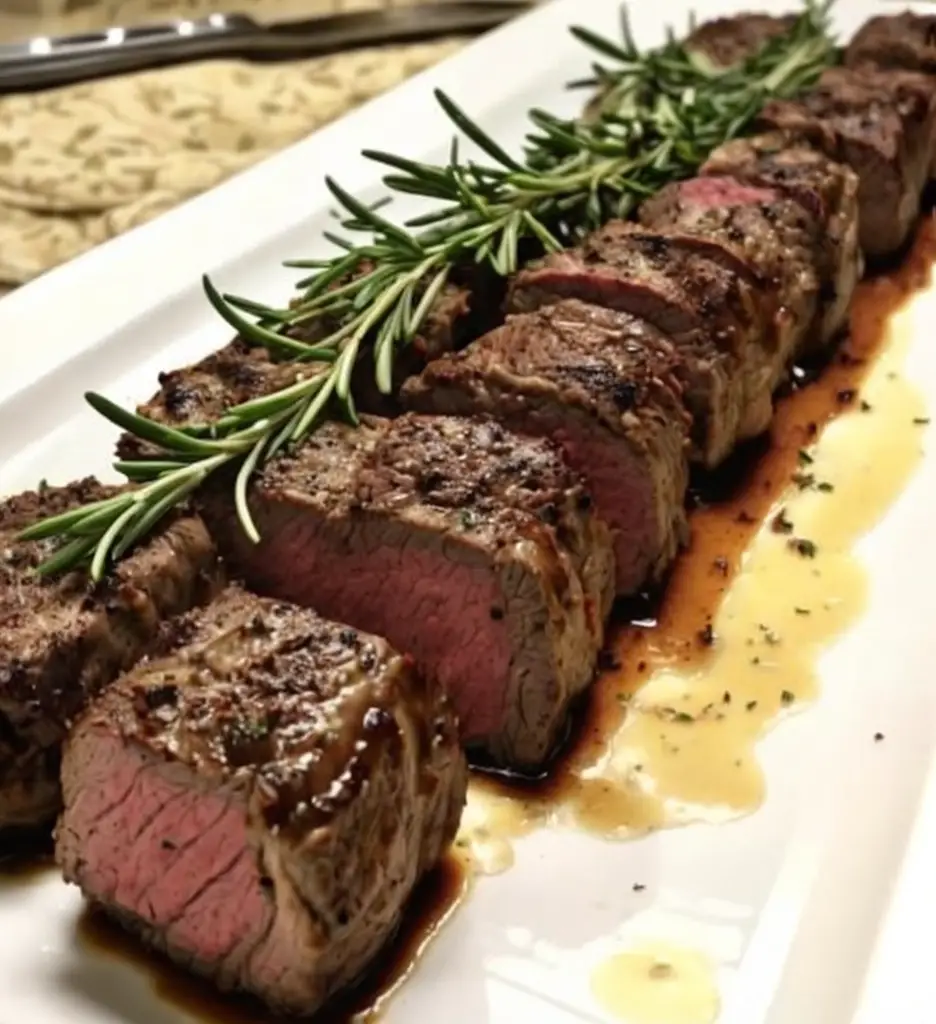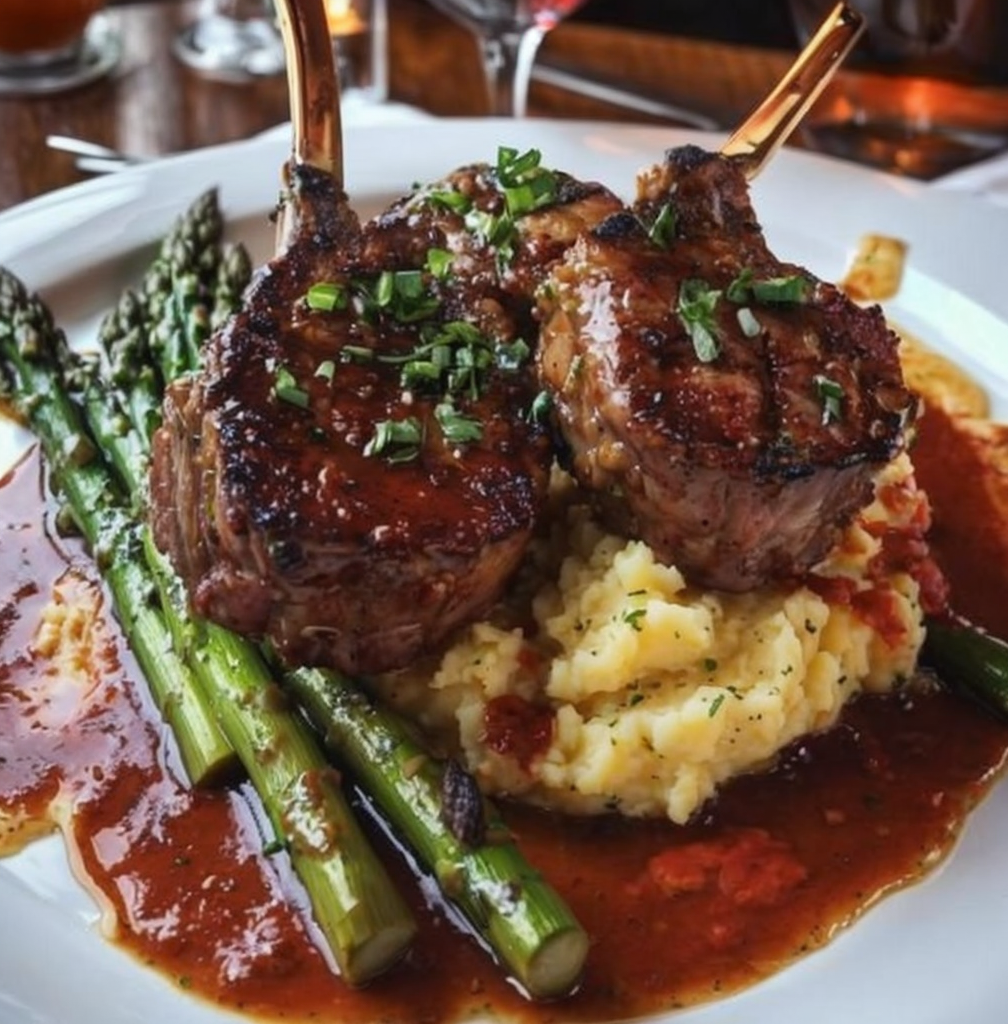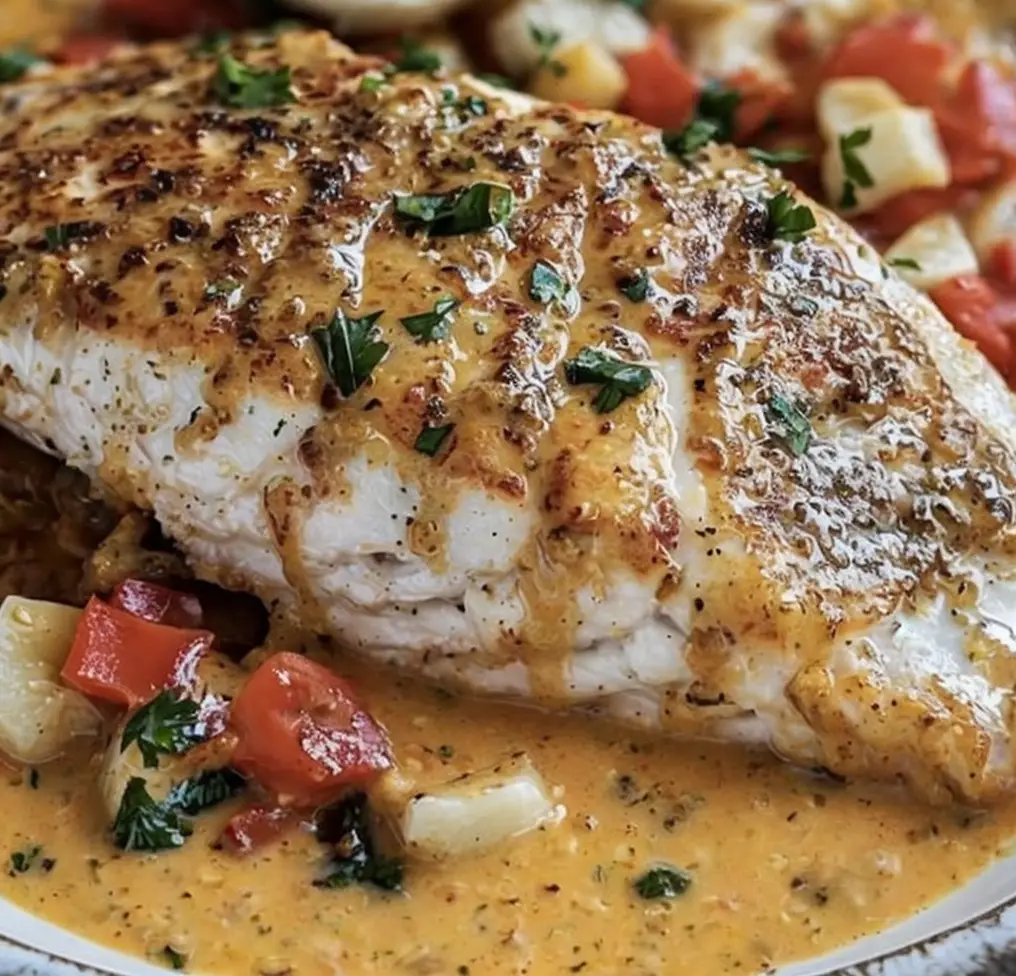Velvety Lobster Sauce for Gourmet Dishes: Elevate Your Culinary Experience
When it comes to elevating your culinary creations, nothing makes a dish stand out quite like a rich, flavorful sauce. The Velvety Lobster Sauce brings a luxurious touch to gourmet dishes, combining the sweetness of fresh lobster with creamy textures and a hint of acidity. This exquisite lobster sauce is perfect for drizzling over pasta, seafood, or even grilled vegetables, promising to delight the palate of anyone fortunate enough to indulge.
The depth of flavor in this sauce is anchored by a blend of aromatic ingredients that build complexity with each layer. Fresh lobster meat infuses a briny sweetness, balanced by a medley of garlic, shallots, and herbs. The resulting sauce is not only visually stunning, with its rich coral hue but it also delivers a variety of textures, from silky smoothness to tender lobster chunks. Whether you’re hosting a dinner party or looking to impress someone special, this Velvety Lobster Sauce is the perfect way to create a memorable dining experience.
Quick Recipe Highlights
- Flavor Profile: The flavor combines the sweet, tender notes of lobster with the creamy richness of butter and heavy cream, resulting in an opulent taste that lingers.
- Texture: This sauce offers a smooth, velvety mouthfeel, punctuated by the tender bites of lobster meat that enhance each bite.
- Aroma: The aroma is enticing, featuring fresh herbs, garlic, and shallots that fill the kitchen with an irresistible scent that invites guests to the table.
- Visual Appeal: The sauce boasts a beautiful, shiny finish with flecks of fresh herbs, making it an elegant addition to any plate.
- Skill Level Needed: This sauce is considered medium difficulty given its need for precise timing and technique in scaling and combining ingredients perfectly.
- Special Equipment: A sturdy saucepan and a whisk are essential to master the emulsification and ensure a creamy texture.
Recipe Overview
- Difficulty Level: While the Velvety Lobster Sauce requires some technique, it’s approachable for those with basic cooking skills and can be executed successfully with attention to detail.
- Category: This sauce fits perfectly into both seafood-centric and special occasion meals, ideal for intimate dinners or large gatherings.
- Cuisine: Influenced by classic French cooking, the lobster sauce embodies techniques like sautéing and emulsion, giving a nod to high-end cuisine with a home-cooked feel.
- Cost: Known for its premium ingredients, including fresh lobster, expect moderate costs per serving which can fit well for a special treat.
- Season: Available year-round, this dish is especially favored in summer and early fall when lobster is at its peak.
- Occasion: Perfect for special occasions, date nights, or celebratory meals, this lobster sauce will impress any guest.
Why You’ll Love This Recipe
The Velvety Lobster Sauce offers unparalleled taste and texture, transforming ordinary dishes into extraordinary culinary creations. Every mouthful presents a delightful interplay of creamy and succulent flavors that are sure to impress. The incorporation of lobster elevates even the simplest ingredients, allowing you to indulge in a gourmet experience right at home.
Emphasizing convenience, this sauce is relatively quick to prepare yet provides the sophistication of fine dining, making it perfect for home cooks who want to elevate their meals without spending all day in the kitchen. The straightforward steps allow you to focus on quality ingredients and techniques that yield maximum results, offering you a path to culinary success.
Nutritionally, lobster is an excellent choice, rich in protein and low in fat, providing health benefits while still feeling indulgent. The use of cream offers a good source of calcium and other essential nutrients, allowing you to enjoy this sauce guilt-free as part of a balanced meal.
Socially, this Velvety Lobster Sauce shines during dinner parties or family gatherings, serving as a conversation starter and a centerpiece for your meal. It brings everyone together to share in the luxurious flavors, inviting them to experience the art of good food and great company.
Cost-effectively, making this sauce at home allows you to enjoy gourmet flavors without the restaurant price tag. By sourcing fresh lobster directly and preparing it yourself, you create an accessible dining experience that doesn’t compromise on quality or flavor.
Historical Background and Cultural Significance
The origins of the Velvety Lobster Sauce can be traced back to coastal cultures where seafood plays a central role in cuisine. Lobster itself has been a delicacy for centuries, once considered food for the less fortunate, it transitioned into a symbol of luxury and indulgence.
In many culinary traditions, seafood sauces have cultural significance, often crafted with local ingredients and techniques. This sauce reflects the marriage of refined French sauce-making techniques with fresh, local seafood, symbolizing the celebration of coastal cuisine.
As the recipe evolved over time, adaptations began to appear, utilizing different herbs, spices, or bases that reflect regional preferences. The richness of the sauce encourages innovation, allowing chefs to infuse their local flavors, further enhancing its reputation.
Today, the Velvety Lobster Sauce is enjoyed in upscale restaurants and home kitchens alike, connecting generations of cooks through a shared appreciation of fresh seafood. It’s a dish that represents both tradition and modernity, proving the timeless appeal of a well-crafted sauce.
Ingredient Deep Dive
Lobster: Lobster is not just a culinary delicacy; it holds a significant place in American seafood culture, particularly in New England. Known for its sweet, tender meat, lobster is not only versatile but also rich in protein and vitamins. When selecting lobster, be sure to look for live lobsters or fresh, high-quality frozen options to ensure maximum flavor. Proper storage involves keeping it chilled or frozen, and substitutions can include shrimp or crab, though flavors will vary.
Butter: Butter serves as a base for many sauces, giving them a rich, silky texture and flavor. It has a rich history in French cuisine, often used for both cooking and flavor enhancement. Not only does it offer delectable taste, but it also provides essential fatty acids. When using butter, opt for unsalted varieties to control the salt levels in your dish. For health considerations, substitutions can include olive oil or ghee for different flavor profiles.
Common Mistakes to Avoid
- Overcooking the lobster: Ensure you don’t overcook the lobster as it can turn rubbery. Time it wisely to keep it tender.
- Not using fresh ingredients: Using stale or low-quality ingredients can compromise the overall taste. Always source the best you can find.
- Skipping the aromatics: Aromatics like garlic and shallots are essential for depth; don’t leave them out!
- Ignoring the sauce’s consistency: If the sauce is too thick, add a bit of broth or cream gradually to adjust; if too thin, cook longer.
- Lack of seasoning: A pinch of salt and freshly cracked pepper enhances flavors; don’t forget to season as you go.
- Not whisking properly: When emulsifying, it’s crucial to whisk vigorously to incorporate the butter for a creamy texture.
- Using cold ingredients: Make sure all your ingredients are at room temperature before combining for the best emulsion.
- Forgetting to taste: Tasting as you cook ensures the flavors balance perfectly before serving.
Essential Techniques
Emulsification: Mastering emulsification is key to creating a rich and creamy lobster sauce. By combining fat and liquid carefully, you achieve a smooth, cohesive sauce. To succeed, add the butter slowly while whisking vigorously, as rapid incorporation creates an emulsion. Watch for visual cues, such as a glossy texture, to gauge your success.
Sautéing aromatics: The foundation of flavor in many sauces begins with sautéing. This technique caramelizes sugars and releases essential oils from ingredients like garlic and shallots. To perform it well, use medium heat, and avoid crowding the pan to prevent steaming. Look for a golden-brown color to signal it’s time to add other components.
Pro Tips for Perfect Velvety Lobster Sauce
1. Use a combination of butter and cream for a perfectly balanced richness that enhances the lobster’s flavor.
2. Always use fresh lobster for the best taste; frozen can work but make sure it’s high-quality.
3. Sauté your aromatics slowly to extract maximum flavor before adding liquids.
4. When making the sauce, keep all your ingredients at room temperature for smoother emulsifying.
5. Use a whisk rather than a spoon; it incorporates air and helps emulsify better.
6. Adjust the acidity with a splash of lemon juice, which enhances the overall flavor.
7. For a more intense lobster flavor, consider reserving lobster shells to create a quick stock to incorporate.
8. Experiment with different herbs like thyme or tarragon to personalize your Velvety Lobster Sauce.
Variations and Adaptations
Lobster sauce can be adapted in numerous ways to suit various palates. Consider adding sautéed mushrooms for an earthy flavor or incorporating saffron for a luxurious twist. During seasonal variations, replace lobster with crab or scallops, bearing in mind that flavor highlights will shift with different seafood.
For dietary modifications, using coconut milk instead of heavy cream can create a dairy-free version while still maintaining creaminess. You can also switch up the aromatics by adding a touch of chili for a spicy kick or incorporate zest from citrus fruits for brightness. Presentation can be varied as well; serve it over creamy polenta for an Italian flair or alongside grilled asparagus for a fresh, vibrant side.
Serving and Presentation Guide
To create a beautifully presented dish, start with a base of your choice, such as pasta or a creamy risotto. Drizzle the Velvety Lobster Sauce generously over the top, allowing it to pool slightly on the plate. Garnishing options include finely chopped chives or parsley, adding a touch of color and freshness.
Consider using a shallow bowl for serving; it allows the sauce to be the star of the dish. Temperature is key – ensure the sauce is served warm for an inviting aroma and flavor. Portion control is also important; a small ladleful is often enough to impart plenty of flavor without overshadowing the dish.
Wine and Beverage Pairing
The rich flavors of Velvety Lobster Sauce pair beautifully with crisp white wines such as a Sauvignon Blanc, which complements the sauce’s creaminess without overpowering it. Alternatively, a light Chardonnay can enhance the buttery notes while providing a balanced acidity.
For non-alcoholic options, consider serving a sparkling water infused with lemon or cucumber, which cleanses the palate beautifully between bites. If you’re a fan of warm beverages, an herbal tea with chamomile or a light floral tea can smoothly contrast the dish’s richness. Regardless of the pairing, ensure all beverages served are chilled and refreshing for the best dining experience.
Storage and Shelf Life
When it comes to storing your Velvety Lobster Sauce, keep it in an airtight container in the refrigerator where it will last for up to three days. If you plan to store it long term, consider freezing it in portions. When freezing, use freezer-safe containers, and ensure it’s cooled to room temperature before placing it in the freezer to avoid condensation.
Signs of spoilage include off odors, discoloration, and changes in texture. For reheating, gently warm the sauce over low heat on the stovetop, stirring frequently to restore its velvety texture. Avoid using a microwave as it can cause the sauce to separate. Frozen sauce can be thawed overnight in the refrigerator, allowing it to maintain its rich flavors.
Make Ahead Strategies
For those looking to ease the cooking process, the Velvety Lobster Sauce can be made in advance. You can prepare the sauce up to two days ahead and store it in the refrigerator, allowing flavors to meld. Make sure to reheat gently to avoid curdling the cream.
If you’re cooking lobster fresh, consider cooking it a day prior and refrigerating until you’re ready to make your sauce; this can streamline your process significantly. Whole components can also be prepped separately, such as chopping aromatics or assembling the base, which will reduce time on the day of serving. Just ensure everything is well stored to maintain freshness.
Scaling Instructions
If you’re looking to adjust the recipe, halving can be straightforward; simply measure out half the amounts for each ingredient while maintaining the cooking times. When doubling or tripling the recipe, keep a close eye on the consistency of the sauce, as larger batches may require additional adjustments for liquid.
For equipment adjustments, make sure to use a larger pot to prevent overcrowding, maintaining even cooking and incorporating all ingredients smoothly. Timing could change slightly with larger quantities, so taste periodically to ensure flavors remain balanced. Proper storage techniques should also be considered for any leftovers as larger batches will yield more.
Nutritional Deep Dive
Lobster is high in protein, low in fat, making it an excellent choice for those looking for healthy meal options. Each serving delivers essential nutrients such as vitamin B12, zinc, and omega-3 fatty acids, which support cardiovascular health. Moreover, a portion of the Velvety Lobster Sauce can provide a satisfying, hearty addition to your diet without exceeding recommended daily values.
When considering portion analysis, moderation is key, as heavy cream increases caloric content. To keep it balanced, serve this sauce in appropriate portions, alongside vegetables or health-conscious sides. For those watching their weight, pairing with lighter meals can help maintain a healthy lifestyle without sacrificing flavor.
Dietary Adaptations
The Velvety Lobster Sauce can easily be adapted for various dietary restrictions. For a gluten-free version, ensure any broth used is certified gluten-free and continue using the same techniques to achieve a luxurious consistency. If you’re catering to a dairy-free audience, substituting heavy cream with coconut cream could offer a similar richness that complements the seafood beautifully.
For vegan alternatives, consider using plant-based seafood alternatives combined with coconut milk and nutritional yeast for depth. If you’re adhering to low-carb or keto diets, keep the sauce as is, as it naturally aligns with those restrictions given its high protein content. Always communicate any dietary changes clearly to guests to ensure everyone can enjoy this scrumptious sauce!
Troubleshooting Guide
If you encounter texture issues with your lobster sauce, it may be due to overcooked cream or improper emulsification. To correct it, whisk gently on low heat, adding a splash of lobster stock or cream to restore silkiness. Should your sauce taste excessively salty, consider adding a pinch of sugar or a squeeze of lemon juice to balance the flavors.
Temperature problems often arise from abrupt heat alterations; if the sauce is too hot, it may separate. Gradually adjust the heat while stirring continuously to prevent this. If you need to substitute ingredients, be aware that substitutions can alter the final flavor; always aim to use similar profiles to maintain the sauce’s delicious essence. Timing adjustments should also be made if you notice flavors aren’t integrating; take the time to let everything meld together before serving.
Recipe Success Stories
From home cooks to professional chefs, the Velvety Lobster Sauce has garnered rave reviews for its incredible taste and presentation. Many have shared their success stories online, showcasing their variations and adaptations of the recipe, which highlight creativity in using seafood alternatives or seasonal ingredients.
Readers have reported wonderful experiences hosting dinner parties centered around this sauce, frequently commenting on how it serves as the highlight of any meal. Photography enthusiasts have also taken to their social media platforms, adept at capturing the vibrant hues of the sauce, proving that great food is as much about visual appeal.
Successful adaptation stories include incorporating local ingredients or utilizing leftovers from a previous meal. These suggestions inspire others in their cooking endeavors and promote a sense of community around sharing great food experiences and enhancements.
Frequently Asked Questions
Can I substitute lobster with another seafood? Absolutely! While lobster provides a unique flavor, shrimp, crab, or scallops can also work beautifully in this sauce while retaining similar textures.
How do I thicken my lobster sauce? If your sauce is too thin, simmer it on low heat to reduce liquid or add a tablespoon of cornstarch mixed with water to thicken it. Remember to whisk continuously for even consistency.
What should I serve this sauce with? This sauce pairs wonderfully with pasta, grilled fish, or steamed vegetables, enhancing the flavor profiles of your chosen dish spectacularly.
Is this lobster sauce gluten-free? Yes, the Velvety Lobster Sauce is naturally gluten-free. Just ensure any broth or additional ingredients used are gluten-free certified.
Can I freeze the lobster sauce? While it’s best enjoyed fresh, you may freeze the sauce in airtight containers for up to three months. Thaw and gently reheat to restore its texture and flavor.
What herbs work best in this recipe? Fresh herbs like tarragon, parsley, or chives complement the lobster’s sweetness beautifully, enhancing both flavor and presentation.
Is there a vegetarian option for this sauce? While traditionally made with lobster, you can create a rich sauce by using mushroom stock and sautéing a blend of herbs and vegetables for a delicious alternative.
How spicy is this sauce? This recipe is not spicy, but you can add a pinch of red pepper flakes for a bit of heat if you’d like to customize your sauce.
Can I use leftover lobster to make this sauce? Yes, leftover lobster works great! Just make sure to add it in at the end to prevent overcooking.
Additional Resources
If you enjoyed creating the Velvety Lobster Sauce, consider exploring other seafood recipes such as Shrimp Alfredo or Crab Carbonara to expand your culinary repertoire. Technique guides focusing on making seafood sauces or mastering emulsifications can also deepen your skill set in the kitchen.
For ingredient information, look into sourcing fresh seafood, which not only enhances flavor but supports local fishers. Equip yourself with information about essential kitchen gadgets that can aid in seafood preparation to ensure a seamless cooking experience.
Seasonal variations can introduce freshness to your meals; try incorporating summer vegetables or herbs that complement the Velvety Lobster Sauce for a more vibrant dish. Adapting recipes to match your tastes can create endless opportunities for culinary adventures in your kitchen!
Join the Conversation
We invite you to share your own experiences making the Velvety Lobster Sauce and any unique adaptations you’ve tried! Engage with our community through our social media channels by sharing your photos and feedback using our dedicated hashtags.
If you’ve made this sauce, please consider leaving a review or commenting on your favorite elements. Your suggestions could inspire others to try their hand at this gourmet delicacy. Let’s build a community of home cooks who are excited to explore the world of flavors together — we can’t wait to hear your stories!
The Recipe
Velvety Lobster Sauce
Serves: 4
Prep Time: 20 mins
Cook Time: 30 mins
Total Time: 50 mins
Kitchen Equipment Needed
- Sturdy saucepan
- Whisk
- Cooking spatula
- Cutting board
- Knife
Ingredients
- 2 fresh lobsters (about 1.5 pounds each)
- 4 tablespoons unsalted butter
- 2 shallots, finely chopped
- 2 cloves garlic, minced
- 1 cup heavy cream
- 1/2 cup lobster stock
- Salt and pepper to taste
- Fresh herbs, for garnish (parsley or chives)
Directions
- Begin by cooking the lobsters in boiling water, following the recommended cooking time based on their weight. Once cooked, remove the lobster meat and chop into bite-sized pieces.
- In a saucepan, melt the butter over medium heat. Add the chopped shallots and garlic, sautéing until translucent and fragrant.
- Pour in the lobster stock and bring to a gentle simmer, allowing it to reduce by half. This intensifies the flavor of your sauce.
- Lower the heat and stir in the heavy cream, carefully whisking to combine until the sauce thickens to your desired consistency.
- Add the reserved lobster meat to the sauce, seasoning with salt and pepper to taste. Allow it to warm through for a few minutes without boiling.
- Serve the sauce over your choice of pasta, seafood, or vegetables, garnished with fresh herbs for a vibrant touch.
Recipe Notes
- You can replace the lobster in this recipe with shrimp or crab if desired. Adjust cooking times accordingly.
- For a lighter version, consider using half-and-half instead of heavy cream.
- This sauce can be prepared ahead of time and reheated gently before serving.
